Launching New Ventures An Entrepreneurial Approach 6th Edition By Kathleen R. Allen – Test Bank
TRUE/FALSE
1. Creativity enables entrepreneurs to differentiate their businesses from competitors so that customers will notice them.
ANS: T PTS: 1 REF: p. 47
2. Stage seven of Norman Seeff’s creative process represents the emotional fulfillment of the original dream.
ANS: T PTS: 1 REF: pp. 48-49
3. Common types of roadblocks to creativity are personal, relational, and environmental.
ANS: F PTS: 1 REF: p. 50
4. The illumination step in Wallas’s creative process brings the idea to an outcome.
ANS: F PTS: 1 REF: p. 48
5. Discovery theory and creation theory help explain how entrepreneurial opportunities happen.
ANS: T PTS: 1 REF: p. 46
6. Entrepreneurs erect roadblocks that prevent them from being creative.
ANS: T PTS: 1 REF: p. 50
7. The environment in which a person works can either stimulate or discourage creativity.
ANS: T PTS: 1 REF: p. 51
8. The creative journey begins with maintaining a journal of one’s thoughts and ideas.
ANS: T PTS: 1 REF: p. 52
9. Entrepreneurs build businesses based on concepts that never existed before.
ANS: F PTS: 1 REF: p. 53
10. One of the most effective ways that entrepreneurs have of finding an opportunity is to see a problem and seek a solution.
ANS: T PTS: 1 REF: p. 54
MULTIPLE CHOICE
1. Entrepreneurs differ from others who have ideas in that they know how to extract ____ from those ideas to creative commercial potential.
|
a. |
value |
|
b. |
creativity |
|
c. |
innovation |
|
d. |
opportunities |
|
e. |
problems |
ANS: A PTS: 1 REF: p. 46
2.____ sees opportunity arising from shifts in external factors in the market or industry, such as regulation, technological changes, and changes in customer preferences.
|
a. |
Problem-solving |
|
b. |
Innovation |
|
c. |
Creation theory |
|
d. |
Discovery theory |
|
e. |
Value creation |
ANS: D PTS: 1 REF: p. 46
3. In ____, entrepreneurs create opportunities via their actions, reactions, and experiments around new products, services, and business models.
|
a. |
invention |
|
b. |
innovation |
|
c. |
creation theory |
|
d. |
discovery theory |
|
e. |
value creation |
ANS: C PTS: 1 REF: p. 46
4. Creativity is the basis for ____, which is discovering something that did not exist previously.
|
a. |
invention |
|
b. |
innovation |
|
c. |
creation theory |
|
d. |
discovery theory |
|
e. |
value creation |
ANS: A PTS: 1 REF: p. 47
5.____ is finding a new way to do something or improving on an existing product or service.
|
a. |
Invention |
|
b. |
Innovation |
|
c. |
Creation theory |
|
d. |
Discovery theory |
|
e. |
Value creation |
ANS: B PTS: 1 REF: p. 47
6. Noller developed a formula that suggests that creativity is a function of three dynamics: knowledge, imagination, and ____.
|
a. |
invention |
|
b. |
association |
|
c. |
problem-solving |
|
d. |
discovery |
|
e. |
evaluation |
ANS: E PTS: 1 REF: p. 47
7.Which of the following is not one of the four stages of the creative process identified by Wallas?
|
a. |
Preparation |
|
b. |
Association |
|
c. |
Incubation |
|
d. |
Illumination |
|
e. |
Verification |
ANS: B PTS: 1 REF: p. 48
8.No time for creativity, lack of confidence, and absence of creative skills are all examples of ____ roadblocks.
|
a. |
creativity |
|
b. |
invention |
|
c. |
innovation |
|
d. |
business opportunity |
|
e. |
functional |
ANS: A PTS: 1 REF: pp. 50-51
9.Creativity is the behavior that results in ____.
|
a. |
manipulation |
|
b. |
innovation |
|
c. |
intuition |
|
d. |
illumination |
|
e. |
problem solving |
ANS: B PTS: 1 REF: p. 47
10.____ on a regular basis trains the mind to shift quickly into the creative mode.
|
a. |
Brainstorming |
|
b. |
Minimizing distractions |
|
c. |
Contemplation |
|
d. |
Changing networks |
|
e. |
None of these choices |
ANS: C PTS: 1 REF: p. 51
11.According to Rosabeth Moss Kanter, accountability, collaboration, and initiative are all elements of ____.
|
a. |
innovation |
|
b. |
confidence |
|
c. |
creativity |
|
d. |
intuition |
|
e. |
invention |
ANS: B PTS: 1 REF: p. 50
12.Reducing some of the risk of entrepreneurship and building confidence can be achieved by ____.
|
a. |
devoting time each day to quiet contemplation |
|
b. |
identifying a problem and solving it |
|
c. |
conducting a feasibility analysis |
|
d. |
becoming more observant |
|
e. |
using a personal network |
ANS: C PTS: 1 REF: p. 51
13.Closing the door, shutting off the phone, and turning off email to prepare to do some creative thinking are all examples of how you can ____.
|
a. |
effectively solve problems |
|
b. |
minimize distractions |
|
c. |
develop a creative culture |
|
d. |
design physical settings that inspire people to be creative |
|
e. |
All of these choices |
ANS: B PTS: 1 REF: p. 51
14.____ is one of the most successful new product idea companies in the world.
|
a. |
IBM |
|
b. |
Apple |
|
c. |
Microsoft |
|
d. |
IDEO |
|
e. |
OSHA |
ANS: D PTS: 1 REF: p. 53
15.Most business ideas stem from a/an ____ that an entrepreneur sees in his or her immediate environment.
|
a. |
problem |
|
b. |
solution |
|
c. |
journal |
|
d. |
innovation |
|
e. |
community |
ANS: A PTS: 1 REF: p. 53
16.The second most commonly cited source of new venture ideas is ____.
|
a. |
journaling |
|
b. |
business associates |
|
c. |
brainstorming |
|
d. |
existing ideas |
|
e. |
opportunities |
ANS: B PTS: 1 REF: p. 53
17.Thinking like a/an ____ can stimulate the natural creativity in everyone.
|
a. |
child |
|
b. |
creativity guru |
|
c. |
inventor |
|
d. |
entrepreneur |
|
e. |
None of these choices |
ANS: A PTS: 1 REF: p. 54
18.Creative ____ is about linking imagination and intelligence, emotion, and logic to arrive at the optimal opportunity.
|
a. |
entrepreneurship |
|
b. |
thinking |
|
c. |
problem solving |
|
d. |
innovation |
|
e. |
networking |
ANS: C PTS: 1 REF: p. 55
19.The best question to ask to define a problem is ____?
|
a. |
how can I fix this problem |
|
b. |
who created the problem |
|
c. |
who has the solution to this problem |
|
d. |
what is the source of the problem |
|
e. |
who is affected by this problem |
ANS: D PTS: 1 REF: p. 55
20.A/An ____ reflects all the possible choices to solve the problem and its related outcomes.
|
a. |
decision network |
|
b. |
decision tree |
|
c. |
list of pros and cons |
|
d. |
opportunity assessment |
|
e. |
brainstorming session |
ANS: B PTS: 1 REF: p. 56
21.Which of the following rules does not apply to idea generation?
|
a. |
Go for quantity over quality initially |
|
b. |
Capture every idea no matter how outlandish it may seem |
|
c. |
Piggyback on ideas to create new modifications |
|
d. |
Generate individual ideas first |
|
e. |
Evaluate individual ideas before modifying them |
ANS: E PTS: 1 REF: p. 57
22.The ____ produces about three times as many ideas per unit of time and these ideas are generally of much higher quality.
|
a. |
hybrid process |
|
b. |
group approach |
|
c. |
collaborative process |
|
d. |
team process |
|
e. |
brainwriting approach |
ANS: A PTS: 1 REF: p. 57
23.____ involves getting ideas down on paper and then organizing the ideas and creating themes.
|
a. |
Hybrid process |
|
b. |
Group approach |
|
c. |
Collaborative process |
|
d. |
Group think |
|
e. |
Brainwriting |
ANS: E PTS: 1 REF: pp. 57-58
24.The principle of ____ means looking for the strengths or positive aspects of a problem definition first.
|
a. |
Positive Reinforcement |
|
b. |
Affirmative Judgment |
|
c. |
Best Problem Definition |
|
d. |
Attribute Identification |
|
e. |
Evaluation Matrix |
ANS: B PTS: 1 REF: p. 59
25.____ is concerned with the process of commercializing or extracting value from ideas.
|
a. |
Problem identification |
|
b. |
Creativity |
|
c. |
Invention |
|
d. |
Innovation |
|
e. |
Marketing |
ANS: D PTS: 1 REF: p. 60
26.____ is the process that moves an innovation from the laboratory to the market.
|
a. |
Commercialization |
|
b. |
Invention |
|
c. |
Transformation |
|
d. |
Innovation |
|
e. |
Marketing |
ANS: A PTS: 1 REF: p. 60
27.The vast majority of innovations today are ____.
|
a. |
technology-based |
|
b. |
inventions |
|
c. |
radical |
|
d. |
disruptive |
|
e. |
incremental |
ANS: E PTS: 1 REF: p. 61
28.____ innovations can find no identifiable market in the earliest stages of development.
|
a. |
Technology |
|
b. |
Emergent |
|
c. |
Most |
|
d. |
Disruptive |
|
e. |
Incremental |
ANS: D PTS: 1 REF: p. 62
29.In 2006, ____ percent of successful products were developed in collaboration with others.
|
a. |
29 |
|
b. |
49 |
|
c. |
69 |
|
d. |
79 |
|
e. |
89 |
ANS: D PTS: 1 REF: p. 61
30.Strictly speaking, Schumpeter did not see ____ as innovation even if they generated economic growth.
|
a. |
commercialized improvements |
|
b. |
radical improvements |
|
c. |
incremental improvements |
|
d. |
patented improvements |
|
e. |
None of these choices |
ANS: C PTS: 1 REF: p. 60
SHORT ANSWER
1.Discuss the activities that are involved in the creation process.
ANS:
One of the earliest descriptions of the creative process came from Wallas who identified four stages in the creative process: (1) preparation, or looking at a problem from a variety of perspectives; (2) incubation, or letting the problem lie in the subconscious for a time; (3) illumination, or the discovery of a solution; and (4) verification, or bringing the idea to an outcome. Seeff identified seven stages that an individual or a team goes through, including hearing the call, resistance, resolution, turning point, creation, manifestation, and fulfillment.
PTS: 1 REF: pp. 48-49
2.Is creativity innate or learned? What does creativity have to do with entrepreneurship?
ANS:
Some people have an easier time generating ideas than others because they may possess better-developed awareness and creativity skills. Those skills can be developed so that any person can become more creative. Creativity is the behavior that results in innovation, which is finding a new way to do something⎯a key ingredient in entrepreneurial success.
PTS: 1 REF: pp. 51-54
3.Identify the challenges to creativity.
ANS:
Some challenges are no time for creativity, no confidence, no creative skills, and no problem solving skills.
PTS: 1 REF: pp. 50-51
4.Identify the things you can do to stimulate more creative thinking.
ANS:
Some items include design an environment that stimulates creativity; journal ideas; start with the familiar; take advantage of a personal network; and return to your childhood.
PTS: 1 REF: pp. 51-54
5.What are several techniques for making an environment more conducive to creativity?
ANS:
Some techniques are minimize distractions; devote some time each day to quiet contemplation; pay attention to the places that inspire the most creative thinking, and spend more time there; spend time with people in different fields of interest and move out of your comfort zone.
PTS: 1 REF: pp. 51-52
6.Identify a problem to which you developed an innovative solution. Does your solution signal a business opportunity? Your example can be a simple as changing ingredients in a recipe.
ANS:
Students may come up with trivial problems. That is fine. A business opportunity occurs when there is commercial potential.
PTS: 1 REF: pp. 60-62
7.There are number of effective ways to overcome challenges to problem solving. Discuss the more popular strategies.
ANS:
Strategies include: restate the problem to uncover the real problem; identify the pros and cons of potential solutions; and develop a decision tree that reflects all the possible choices.
PTS: 1 REF: pp. 55-56
8.Discuss the sources of new product or service ideas.
ANS:
Sources of new product or service ideas include customers, newspapers and magazines, observation, demographic shifts, unexpected new events, trends and patterns of change, new government regulations, emerging industries, small business, and business operations.
PTS: 1 REF: pp. 57-58
9.What effects do incremental and disruptive or radical innovations have on technology?
ANS:
While incremental innovations build on existing technologies, disruptive or radical innovations obsolete previous technology or ways of doing things, and in general can find no identifiable market in the earliest stages of development.
PTS: 1 REF: p. 62
10.Describe the innovation and commercialization process.
ANS:
The process begins at a source, which may be a discovery, invention, or market need, and is followed by research, prototype, validation, production, launch, finally, diffusion, adoption and response.
PTS: 1 REF: pp. 60-61

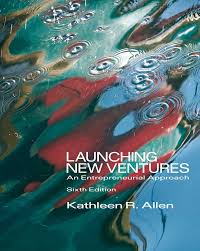

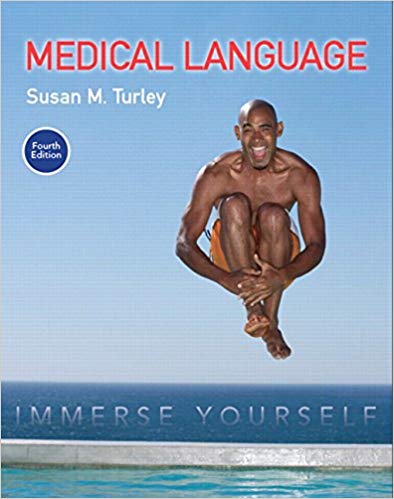


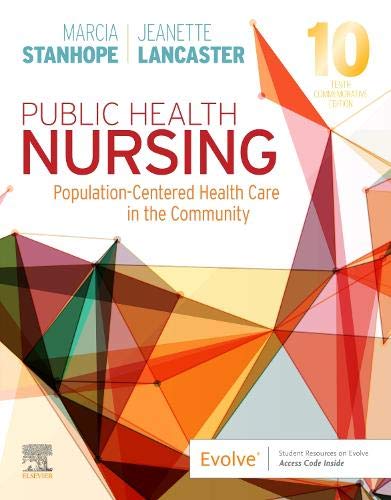
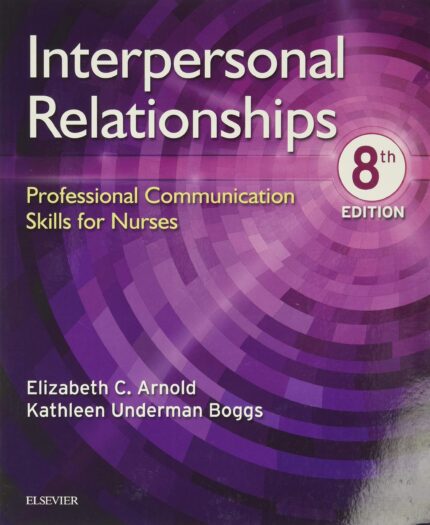

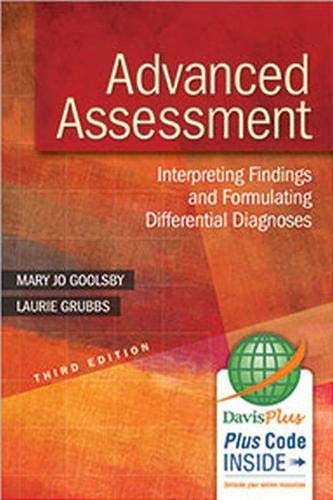
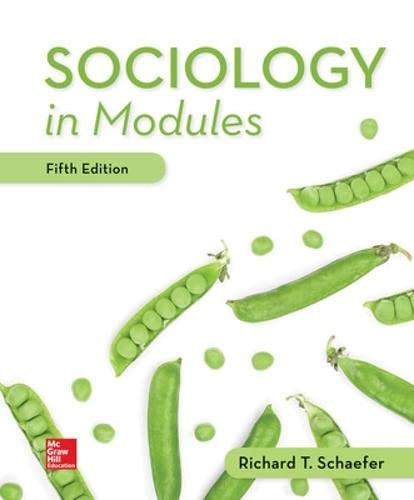



Reviews
There are no reviews yet.